How can a sports tent with a logo enhance brand visibility during outdoor events?
A sports tent with a logo can significantly enhance brand visibility during outdoor events in several ways:
1.Branding Presence:
The prominent display of a logo on the tent provides a clear and consistent representation of the brand, making it easily recognizable to attendees.
2.Eye-Catching Design:
A well-designed logo on the tent can attract attention, especially if it incorporates vibrant colors, unique graphics, or innovative elements that stand out in the outdoor environment.
3.Location Identification:
In crowded event spaces, a branded tent serves as a visual anchor, helping attendees locate the brand’s booth or designated area quickly and easily.
4.Professional Image:
A branded sports tent conveys a professional image for the brand, showcasing a commitment to quality and attention to detail, which can positively influence the perception of the brand.
5.Customization:
The ability to customize sports tents with logos allows brands to tailor the design to match specific events, promotions, or campaigns, making the brand message more relevant and engaging.
6.Increased Exposure:
Outdoor events often attract a diverse audience, providing brands with the opportunity for increased exposure to a wide range of potential customers who may not have been previously familiar with the brand.
7.Photography and Social Media:
Branded tents are often featured in event photography and social media posts. Attendees and event organizers may share pictures online, contributing to the brand’s online visibility and reach.
8.Brand Association:
The presence of a branded sports tent at outdoor events creates a positive association between the brand and the sports or activities taking place, aligning the brand with the interests and lifestyle of the target audience.
9.Event Sponsorship Recognition:
If the sports tent is part of event sponsorship, the logo helps in acknowledging the brand’s support, enhancing the brand’s reputation and fostering a sense of community engagement.
10.Versatility:
Sports tents with logos are versatile marketing tools that can be used at various outdoor events such as sports competitions, festivals, trade shows, and community gatherings, ensuring continuous exposure across diverse settings.
By leveraging these factors, a sports tent with a logo becomes a dynamic tool for enhancing brand visibility, creating a lasting impression on event attendees, and strengthening the overall brand presence in the market.
What are the key features to consider when selecting a sports team tent for outdoor events?
When selecting a sports team tent for outdoor events, several key features should be considered to ensure functionality, durability, and effective representation of the team. Here are important factors to keep in mind:
1.Size and Configuration:
Determine the size of the tent based on the team’s needs for space, whether it’s for merchandise displays, fan interactions, or other promotional activities.
Consider whether a single large tent or multiple smaller tents are more suitable for the team’s setup.
2.Material and Durability:
Choose high-quality, weather-resistant materials to ensure the tent can withstand various outdoor conditions, including wind, rain, and sunlight.
Look for features like UV-resistant fabric to protect against sun damage.
3.Customization Options:
Ensure the tent allows for customization with the team’s colors, logos, and branding elements.
Consider options for full-color printing, digital graphics, or other customization techniques to make the tent stand out.
4.Ease of Setup:
Opt for a tent that is easy to set up and take down, especially if the team frequently attends events with tight schedules.
Look for features like a simple frame design and quick-lock mechanisms.
5.Portability and Storage:
Choose a tent that is portable and easy to transport, with a convenient carrying bag or case.
Consider the weight of the tent and how easily it can be transported to different locations.
6.Stability and Anchoring:
Evaluate the tent’s stability, especially in windy conditions, and check if it comes with stakes or sandbags for secure anchoring.
Consider additional accessories like weights or anchors for added stability.
7.Visibility and Branding:
Ensure that the tent provides ample space for team logos, slogans, and other branding elements to maximize visibility.
Consider options for customizing not only the canopy but also the walls and other parts of the tent.
8.Ventilation and Airflow:
Look for tents with proper ventilation features to prevent overheating inside the tent during warm weather.
Consider tents with mesh panels or adjustable vents for improved airflow.
9.Quality of Frame:
Examine the frame material and construction to ensure durability and longevity.
Choose a frame that is sturdy, rust-resistant, and capable of withstanding repeated use.
10.Regulatory Compliance:
Check if the tent complies with any regulations or guidelines set by event organizers, sports venues, or local authorities.
Ensure the tent meets safety standards, especially in terms of fire resistance and structural integrity.
By carefully considering these features, sports teams can select a tent that not only meets their practical needs but also effectively represents the team’s brand and enhances the overall fan experience at outdoor events.
What size options are typically offered for sports team tent canopies, and how does the size impact the overall functionality and visibility of the tent?
1.Sports team tent canopies come in various size options to accommodate different needs and preferences. The typical size options for sports team tent canopies include:
10×10 feet: This is a standard size often used for individual team booths or smaller promotional setups. It provides a compact space suitable for merchandise displays, fan interactions, and promotional activities.
10×15 feet: Slightly larger than the standard 10×10, this size offers additional space for a more elaborate setup, accommodating merchandise, promotional materials, and a comfortable space for team representatives.
10×20 feet: This size provides a significant area and is commonly used for larger team setups, accommodating multiple activities such as merchandise sales, fan engagement, and promotional displays. It offers increased visibility and a more prominent presence at events.
2.The size of the sports team tent canopy impacts functionality and visibility in the following ways:
Functionality: Larger canopies allow for more versatile use of space, providing room for various activities and creating a more comprehensive fan experience. Teams can set up dedicated zones for merchandise, fan engagement, and promotional displays.
Visibility: The size of the canopy directly influences the tent’s visibility at outdoor events. A larger canopy is more likely to catch the attention of attendees from a distance, making it easier for fans to locate the team’s booth. Increased visibility enhances brand recognition and draws more visitors to the tent.
Brand Representation: A larger canopy provides more surface area for branding elements, including team logos, colors, and sponsor advertisements. This contributes to a more impactful representation of the team, reinforcing brand identity and creating a memorable presence.
Crowd Engagement: A larger canopy allows for a more comfortable and inviting space for fans to gather. This facilitates increased interaction between team representatives and supporters, fostering a sense of community and loyalty.
Flexibility: Depending on the event and space availability, having different size options provides flexibility for sports teams to adapt their setup accordingly. Teams can choose a size that suits the specific requirements of each event.
When selecting the size of a sports team tent canopy, it’s crucial for teams to consider the nature of the events they attend, the space available, and the desired level of visibility and engagement with fans.
What are the key features to look for when choosing sports team pop up tents, and how do these features contribute to ease of use during events?
Choosing the right sports team pop up tents involves considering several key features that contribute to ease of use during events. Here are important factors to look for:
1.Frame Material and Construction:
Opt for a pop-up tent with a sturdy and lightweight frame, commonly made of materials like aluminum or steel.
Ensure the frame has a robust construction that can withstand repeated use and varying weather conditions.
2.Ease of Assembly:
Look for a pop-up tent that is designed for quick and easy assembly without the need for special tools.
Features like a push-button or pull-pin system for deploying the frame contribute to a hassle-free setup process.
3.Size Options:
Consider the size of the pop-up tent based on the team’s space requirements and the nature of events they attend.
Various size options provide flexibility for different setups, from small promotional spaces to larger, more elaborate displays.
4.Customization:
Ensure the pop-up tent allows for customization with team logos, colors, and graphics. Customization enhances brand visibility and creates a distinctive team presence.
Look for high-quality printing or graphic options that can withstand outdoor conditions.
5.Durability and Weather Resistance:
Choose a pop-up tent made from durable and weather-resistant materials, such as polyester or coated fabrics.
Features like water-resistant and UV-resistant coatings help protect the tent and its occupants from the elements.
6.Portability:
Consider the weight and compactness of the pop-up tent when folded for transportation.
A carrying bag or case with handles and wheels enhances portability, making it easier for team members to transport the tent to different events.
7.Ventilation:
Look for pop-up tents with built-in ventilation features, such as mesh sidewalls or windows, to improve airflow and comfort inside the tent during warm weather.
8.Additional Accessories:
Check for compatibility with accessories like sidewalls, awnings, and weight bags. These features enhance the versatility and performance of the tent in different event settings.
9.Stability:
Assess the tent’s stability, especially in windy conditions. Some pop-up tents come with stakes, guy lines, or weighted feet to improve stability.
Consider using sandbags or weights to anchor the tent securely, especially if it will be set up on hard surfaces.
10.Safety Standards:
Ensure that the pop-up tent complies with relevant safety standards for outdoor events.
Verify if the tent includes safety features such as flame-retardant materials or flame-resistant certifications.
By prioritizing these key features, sports teams can select a pop-up tent that not only aligns with their branding but also offers practicality, durability, and ease of use during various events.
What are the key considerations when choosing a sport canopy tent for outdoor events, and how do these considerations align with the team’s specific needs?
Choosing a sport canopy tent for outdoor events involves several key considerations that should align with the specific needs of the sports team. Here are important factors to keep in mind:
1.Size and Configuration:
Assess the team’s space requirements and choose a canopy size that accommodates activities like merchandise displays, fan interactions, and promotional events.
2.Customization Options:
Ensure the canopy allows for easy customization with team logos, colors, and graphics. Customization enhances brand visibility and reinforces team identity.
3.Ease of Setup:
Look for a sport canopy tent that is easy to set up and take down. Quick assembly is crucial for events with tight schedules, allowing the team to create an engaging space promptly.
4.Durability and Weather Resistance:
Consider the durability of materials used in the canopy’s construction, such as polyester or coated fabrics. A weather-resistant canopy ensures protection against rain and sun exposure.
5.Ventilation and Airflow:
Check for ventilation features, such as mesh sidewalls or windows, to enhance airflow inside the canopy. This is especially important for events held in warm weather.
6.Stability:
Assess the stability of the canopy, especially in windy conditions. Features like weighted feet, stakes, or guy lines contribute to stability and prevent the tent from tipping over.
7.Portability:
Consider the weight and portability of the canopy. A lightweight design and a carrying bag or case with handles facilitate easy transportation to different event locations.
8.Additional Accessories:
Evaluate the availability of accessories like sidewalls, awnings, or weight bags. These accessories can enhance the versatility and functionality of the canopy based on specific event requirements.
9.Safety Features:
Ensure that the canopy complies with safety standards for outdoor events. Look for features such as flame-resistant materials and stable construction to prioritize safety.
10.Budget Considerations:
Align the features and specifications of the canopy with the team’s budget. Consider both short-term and long-term costs, including any additional accessories or customization options.
11.Brand Image and Representation:
Choose a canopy design that aligns with the overall brand image of the sports team. The canopy should effectively represent the team and contribute to a positive fan experience.
12.Event Flexibility:
Consider how well the canopy adapts to different event settings. Versatile canopies can be used in various outdoor environments, ensuring adaptability to diverse event requirements.
By carefully considering these factors, sports teams can select a sport canopy tent that not only meets their practical needs but also aligns with their brand identity and enhances the overall fan experience at outdoor events.
What materials are commonly used in the construction of single person pop up canopy, and how do these materials contribute to durability, weather resistance, and overall quality?
Single person pop up canopy are typically constructed using a combination of materials designed to provide durability, weather resistance, and overall quality. Commonly used materials include:
1.Frame Materials:
Aluminum: Lightweight and corrosion-resistant, aluminum frames are common in high-quality pop-up canopies. They contribute to the overall portability of the canopy.
Steel: Steel frames offer greater strength and stability but may add more weight to the canopy. They are durable and suitable for situations where a sturdier frame is necessary.
2.Canopy Fabric:
Polyester: Polyester is a popular choice for canopy fabric due to its durability, resistance to tearing, and water-repellent properties. It often comes with a protective coating for enhanced weather resistance.
Oxford Fabric: Known for its strength and durability, Oxford fabric is another common material used for canopies. It is often coated for waterproofing and UV resistance.
3.Waterproof Coatings:
Many single person pop up canopy come with waterproof coatings or treatments on the canopy fabric. This feature helps keep the user dry during unexpected rain showers and adds to the overall weather resistance.
4.UV-Resistant Coatings:
UV-resistant coatings protect the canopy fabric from the harmful effects of the sun, preventing fading and deterioration over time. This is especially important for extended outdoor use.
5.Ventilation Panels:
Some canopies incorporate mesh or ventilation panels made from breathable materials. This design helps improve airflow, reducing the risk of condensation inside the canopy and providing comfort to the user.
6.Reinforced Joints and Seams:
High-quality single person pop up canopy often feature reinforced joints and seams. This enhances the overall strength and longevity of the canopy, reducing the risk of wear and tear.
7.Powder Coating (Frame):
Powder coating is often applied to metal frames, providing an extra layer of protection against rust and corrosion. This contributes to the durability of the frame, especially in various weather conditions.
8.Fire-Resistant Materials:
In some cases, canopy materials may be treated with fire-resistant coatings to improve safety during outdoor activities.
9.Ripstop Technology:
Canopy fabrics may incorporate ripstop technology, which involves weaving reinforcement threads into the fabric. This helps prevent tears and ensures that any punctures or small tears don’t spread.
10.Adjustable Legs and Feet:
Some pop up canopies have legs and feet made from durable materials with adjustable features. This allows users to level the canopy on uneven surfaces and improves stability.
By utilizing these materials and features, manufacturers aim to create single-person pop-up canopies that are not only easy to use and portable but also capable of withstanding various weather conditions, providing long-lasting durability and ensuring user comfort.
What are the key features to consider when selecting a side tent for a canopy, and how do these features contribute to the overall functionality of the setup?
When selecting a side tent for canopy, several key features should be considered to ensure optimal functionality and a well-rounded setup. Here are important considerations:
1.Attachment Mechanism:
Consider the attachment mechanism of the side tent to the main canopy. Look for a secure and user-friendly system that allows for easy attachment and detachment.
2.Size Compatibility:
Ensure that the size of the side tent is compatible with the dimensions of the main canopy. This ensures a seamless fit and provides the desired amount of additional covered space.
3.Material Quality:
Evaluate the materials used in the construction of the side tent. Durable and weather-resistant materials, such as polyester or coated fabrics, contribute to the longevity of the side tent.
4.Durability and Weather Resistance:
Look for features that enhance the side tent’s durability and weather resistance. This includes reinforced seams, water-resistant coatings, and UV protection to withstand various outdoor conditions.
5.Ease of Setup:
Consider the ease of setting up the side tent. Ideally, it should be user-friendly and integrate seamlessly with the main canopy, allowing for quick assembly and disassembly.
6.Ventilation and Airflow:
Check if the side tent design includes ventilation features such as mesh windows or openings. Adequate airflow ensures comfort inside the enclosed space, especially during warm weather.
7.Customization Options:
If branding is important, look for side tents that offer customization options. This could include the ability to add logos, graphics, or choose from various color options to maintain a cohesive brand identity.
8.Visibility and Natural Light:
Assess the side tent’s design for windows or openings that provide natural light and visibility. This is crucial for maintaining visibility from both inside and outside the enclosed space.
9.Additional Features:
Explore additional features such as doors, screens, or dividers that enhance the versatility of the side tent. These features can adapt the enclosed space for different purposes, such as changing rooms or private meeting areas.
10.Storage and Portability:
Consider how the side tent can be stored and transported. Look for models that come with carrying bags or cases, making it convenient to take the side tent to different locations.
11.Stability and Wind Resistance:
Ensure that the side tent is designed for stability, especially in windy conditions. Reinforced frames, secure attachments, and additional anchoring options contribute to wind resistance.
12.Compatibility with Canopy Accessories:
Check if the side tent is compatible with other canopy accessories, such as sidewalls, awnings, or weights. This allows for a more versatile and adaptable overall setup.
By carefully considering these key features, individuals can select a side tent that complements their main canopy, providing additional functionality, comfort, and adaptability for various outdoor events and activities.
Are there any weather-resistant features in pop up party tents, such as UV protection or waterproofing?
Many pop up party tents are designed with weather-resistant features to enhance their durability and protect occupants from various environmental conditions. Some common weather-resistant features include:
1.UV Protection:
Many pop up party tents are constructed with materials that offer UV protection. This helps to block harmful ultraviolet rays from the sun, preventing sunburn and reducing the risk of fading for both the tent fabric and its occupants.
2.Waterproofing:
Weather-resistant pop up party tents often come with waterproof coatings or treatments on the canopy fabric. This ensures that the tent remains dry inside during light to moderate rain, providing a comfortable and sheltered space for guests.
3.Sealed Seams:
Seams are potential weak points where water can penetrate. Weather-resistant pop-up tents often have sealed seams or taped seams to prevent water ingress, ensuring a watertight shelter.
4.Water-Repellent Materials:
The materials used in the construction of the canopy are often water-repellent, shedding water and preventing it from saturating the fabric. This feature contributes to the overall waterproofing of the tent.
5.Ventilation Features:
To prevent condensation and enhance comfort, some pop up party tents come with ventilation features such as mesh panels, windows, or vents. These features improve airflow and reduce the likelihood of the interior becoming stuffy or humid.
6.Coated Frames:
The frames of pop-up party tents may be coated with materials that resist corrosion. This coating helps protect the frame from rust, enhancing its longevity and stability, especially in various weather conditions.
7.Wind Resistance:
While not all pop up party tents are designed for high winds, some feature sturdy frames and reinforced construction to withstand moderate wind conditions. Properly anchored and secured, these tents can provide stability during breezy weather.
8.Fire-Resistant Materials:
In some cases, pop up party tents are constructed from fire-resistant materials, adding an additional layer of safety for outdoor events.
It’s essential to check the specific product details and features provided by the manufacturer, as the level of weather resistance can vary among different pop-up party tents. Additionally, proper setup, anchoring, and maintenance play crucial roles in ensuring the longevity and effectiveness of these weather-resistant features.
How easy is it to set up and take down a large pop-up tent, and are there any special instructions to follow?
The ease of setting up and taking down a large pop-up tent can vary based on the specific design and features of the tent. Generally, large pop-up tents are designed to be relatively user-friendly and can be set up by a team of individuals. Here are some general steps and considerations:
1.Setting Up a Large Pop-Up Tent:
Prepare the Site:
Choose a level and clear area for the tent setup.
Clear the site of any obstacles or debris.
Unpack the Tent:
Unpack the tent and lay out all components.
Ensure all necessary parts, such as the frame, canopy, and stakes, are available.
Extend the Frame:
Expand the frame by gently pulling it apart until it locks into place.
Follow the manufacturer’s instructions for locking mechanisms.
Extend the Legs:
Extend the tent legs to the desired height.
Ensure the legs are securely locked in place.
Attach the Canopy:
If the canopy is separate, attach it to the frame according to the manufacturer’s instructions.
Check for any additional attachments or fasteners.
Secure the Tent:
Use stakes or weights to secure the tent to the ground.
Adjust the tension on the canopy to ensure it is taut.
2.Taking Down a Large Pop-Up Tent:
Remove Stakes or Weights:
Release the tent from any anchors, such as stakes or weights.
If using weights, remove them from each leg.
Collapse the Canopy:
If the canopy is removable, detach it from the frame.
Collapse the canopy, folding it neatly.
Retract the Legs:
Retract the tent legs to their lowest position.
Unlock any leg locking mechanisms.
Collapse the Frame:
Collapse the frame by bringing the legs together.
Follow the manufacturer’s instructions for any specific folding mechanisms.
Fold and Pack:
Fold the tent neatly, ensuring that it fits back into its carrying bag or case.
Follow any folding patterns provided by the manufacturer.
Store Properly:
Store the tent in a dry and cool place, avoiding prolonged exposure to direct sunlight.
Ensure that all parts are accounted for and in good condition.
3.Special Instructions:
Always read and follow the manufacturer’s instructions for your specific tent model.
Be cautious when extending and collapsing the frame to avoid pinching fingers.
If there are any specialized features or mechanisms, such as adjustable legs or locking systems, familiarize yourself with their operation.
Do not force any components; if something doesn’t seem to be working correctly, refer to the instructions.
By carefully following the manufacturer’s instructions and taking the time to practice the setup and takedown, users can become more proficient and efficient in handling large pop-up tents.




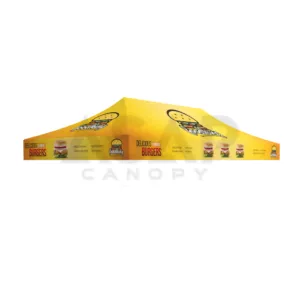
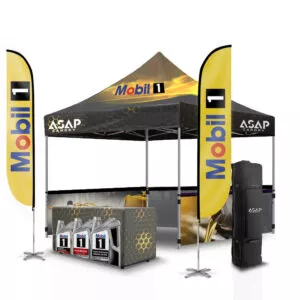


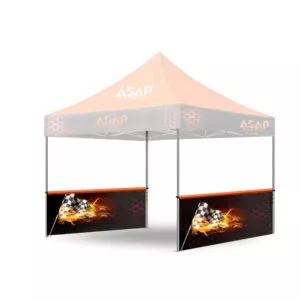
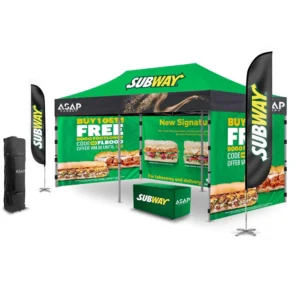

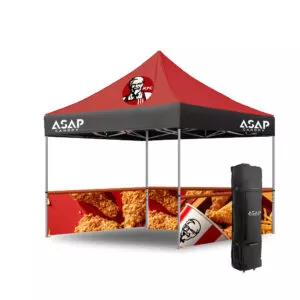
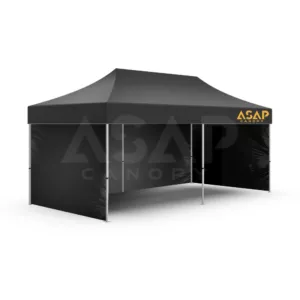



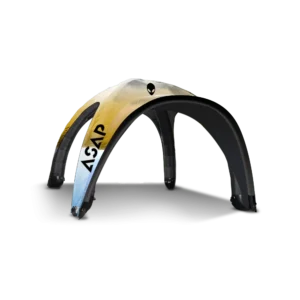

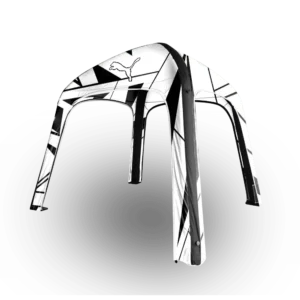



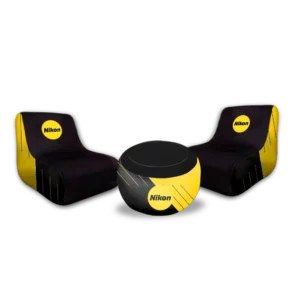




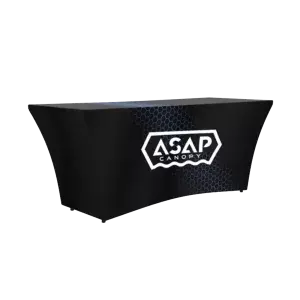

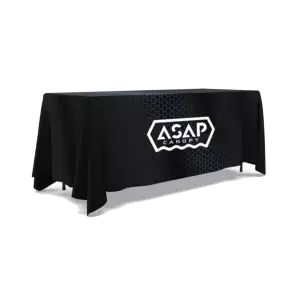





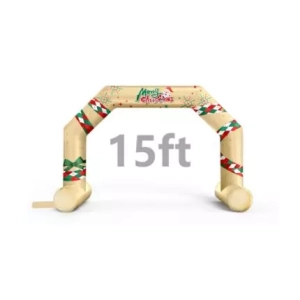





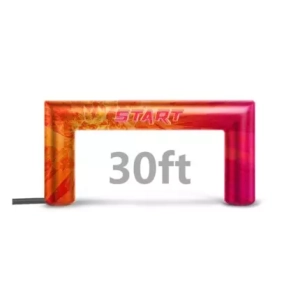





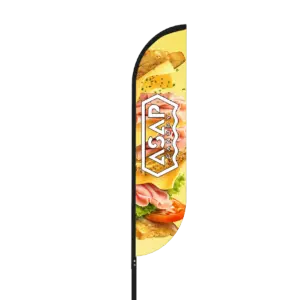


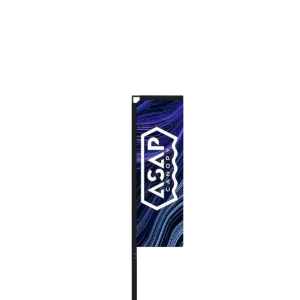

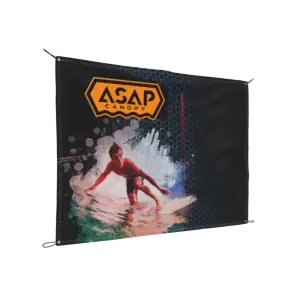
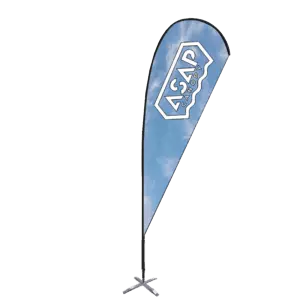

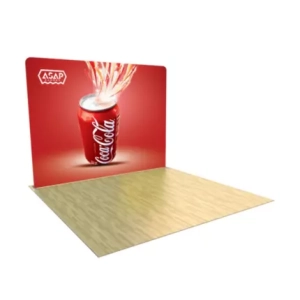

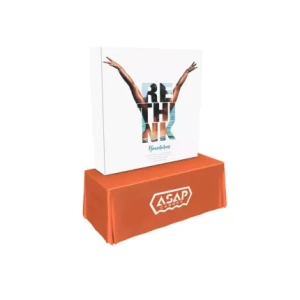
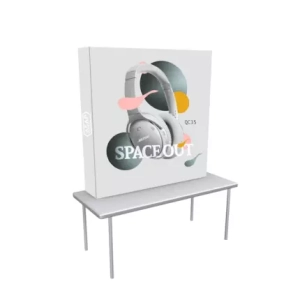
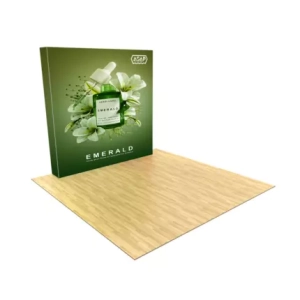


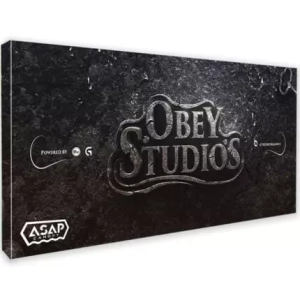
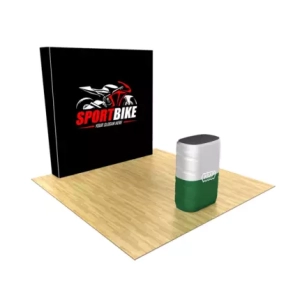


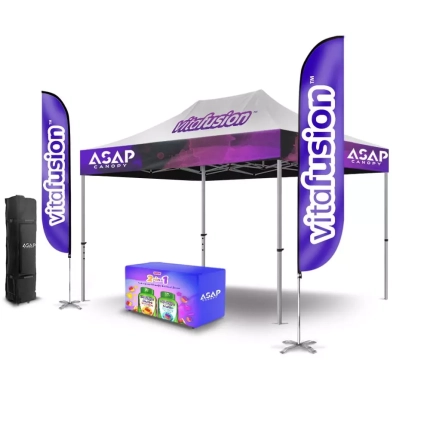


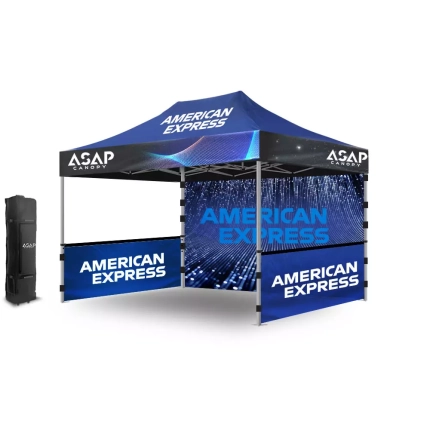




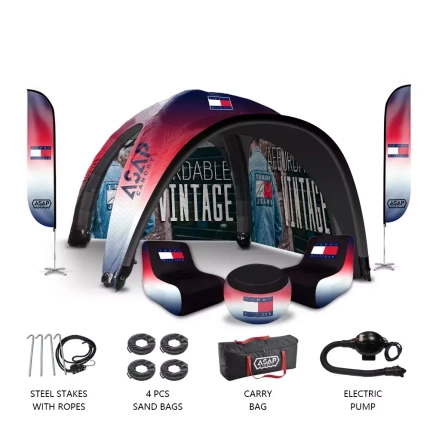
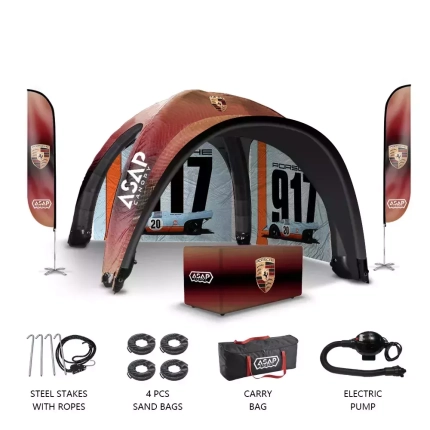



 5×5 Pop Up Tent
5×5 Pop Up Tent 6.5×6.5 Pop Up Tent
6.5×6.5 Pop Up Tent 10×10 Canopy Tent
10×10 Canopy Tent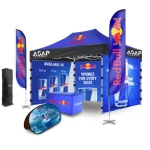 10×15 Canopy Tent
10×15 Canopy Tent 10×20 Canopy Tent
10×20 Canopy Tent Canopy Options
Canopy Options Blank Canopy Top
Blank Canopy Top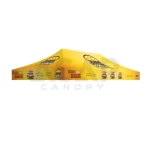 Canopy Top
Canopy Top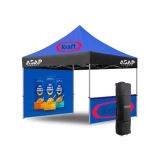 Canopy Walls
Canopy Walls Canopy Side Skirt
Canopy Side Skirt Blank Canopy
Blank Canopy Blank Canopy Kit
Blank Canopy Kit
 Inflatable Canopy Tents 10×10
Inflatable Canopy Tents 10×10 Inflatable Canopy Tents 13×13
Inflatable Canopy Tents 13×13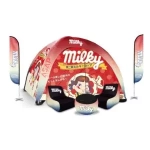 Inflatable Canopy Tents 16×16
Inflatable Canopy Tents 16×16 Inflatable Canopy Tents 20×20
Inflatable Canopy Tents 20×20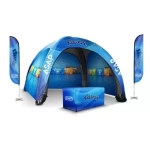 Inflatable Canopy Tents 23×23
Inflatable Canopy Tents 23×23 Inflatable Canopy Tents 26×26
Inflatable Canopy Tents 26×26 Inflatable Spider Tents
Inflatable Spider Tents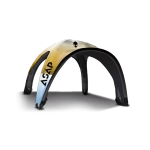 Inflatable Dome Tents
Inflatable Dome Tents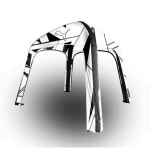 Inflatable Eclipse Tents
Inflatable Eclipse Tents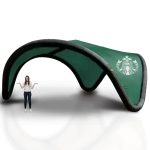 Inflatable Party Tent
Inflatable Party Tent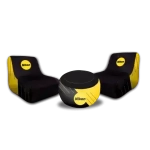 Inflatable Furniture
Inflatable Furniture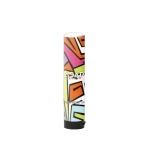 Inflatable Pillar
Inflatable Pillar
 Single Pole Star Tents
Single Pole Star Tents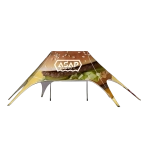 Double Pole Star Tents
Double Pole Star Tents
 15FT Inflatable Arches
15FT Inflatable Arches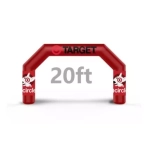 20FT Inflatable Arches
20FT Inflatable Arches 25FT Inflatable Arches
25FT Inflatable Arches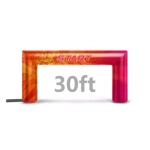 30FT Inflatable Arches
30FT Inflatable Arches 40FT Inflatable Arches
40FT Inflatable Arches 50FT Inflatable Arches
50FT Inflatable Arches Custom Constant Arches
Custom Constant Arches Custom Sealed Arches
Custom Sealed Arches
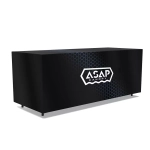 Fitted Table Covers
Fitted Table Covers Stretch-Fit Table Covers
Stretch-Fit Table Covers Loose Table Throws
Loose Table Throws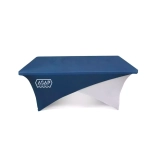 Cross-Over Stretch-Fit Table Cover
Cross-Over Stretch-Fit Table Cover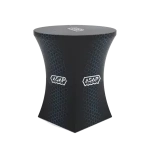 Round Stretch-Fit Table Cover
Round Stretch-Fit Table Cover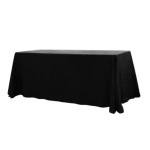 Blank Table Throws
Blank Table Throws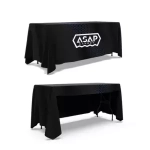 3-Sided Loose Table Throw
3-Sided Loose Table Throw Round Fitted Table Covers
Round Fitted Table Covers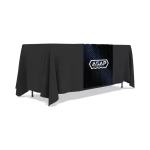 Table Runners
Table Runners Square Table Covers
Square Table Covers
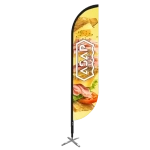 Feather Flags
Feather Flags Blade Flags
Blade Flags Feather Banner
Feather Banner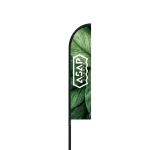 Blade Banner
Blade Banner Teardrop Flags
Teardrop Flags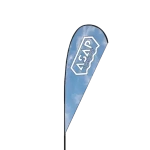 Teardrop Banner
Teardrop Banner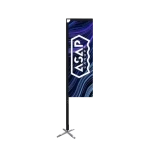 Rectangle Flags
Rectangle Flags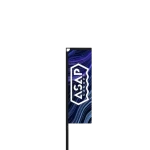 Rectangle Banner
Rectangle Banner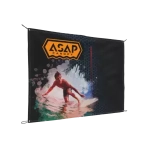 Mesh Event Banners
Mesh Event Banners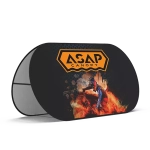 Pop Out Banner Horizontal
Pop Out Banner Horizontal Pop-Out Banner Vertical
Pop-Out Banner Vertical
 Trade Show Display
Trade Show Display Trade Show Display Kit
Trade Show Display Kit Pop Up Trade Show Display
Pop Up Trade Show Display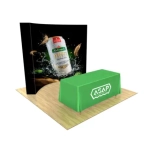 Pop Up Trade Show Display Deluxe Kit
Pop Up Trade Show Display Deluxe Kit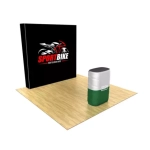 Pop Up Trade Show Display Kit
Pop Up Trade Show Display Kit TableTop Displays Kit
TableTop Displays Kit Pop Up Tabletop Display Kit
Pop Up Tabletop Display Kit Pop Up Tabletop Display
Pop Up Tabletop Display Tabletop Display
Tabletop Display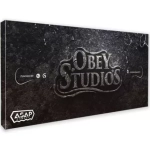 Straight Trade Show Exhibit Booth
Straight Trade Show Exhibit Booth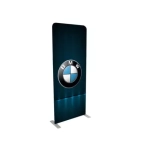 Banner Stand
Banner Stand
 Tent Accessories
Tent Accessories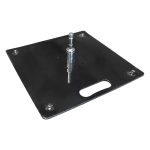 Flag Accessories
Flag Accessories Arch Accessories
Arch Accessories Trade Show Accessories
Trade Show Accessories
